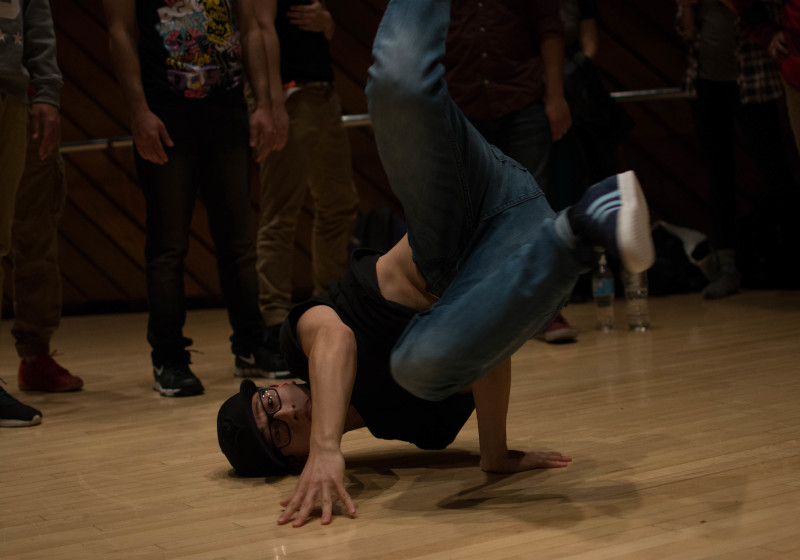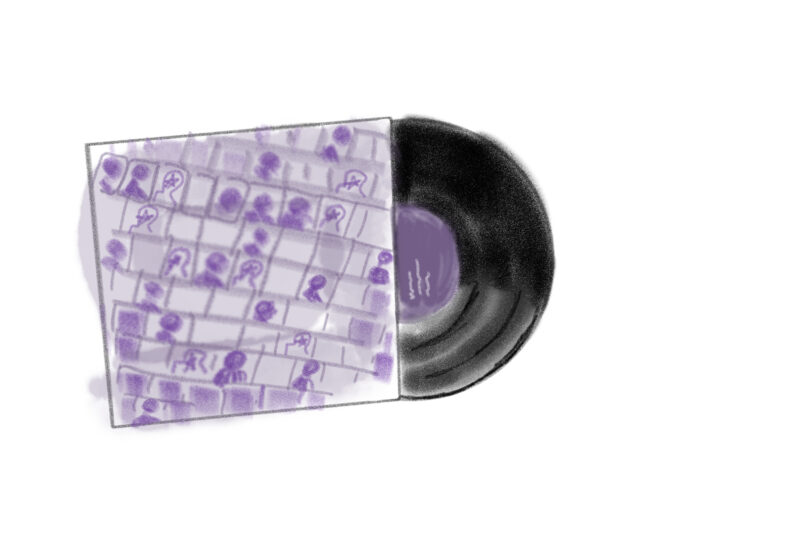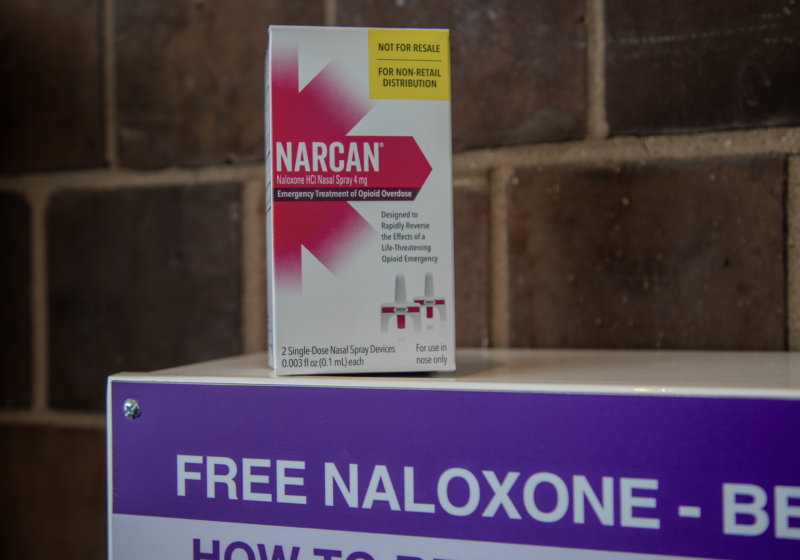“Bring it all in,” the MC boomed. “This is not a dance recital—you see something dope, scream!” There were scattered shouts and cheers as the crowd converged on the center of the May Room. Dancers clad in sweats and snapback hats practiced windmills and headstands while MC Bugi hyped the crowd of students, most of whom had just participated in an hour-long breakdancing workshop led by the judges of the competition.
They were all there Sunday to take part in the inspireJAM event, part of the sixth-annual inspireDANCE festival, featuring dance and movement events held across campus.
Kicking off with a free concert in Spurrier Hall performed by UR student dance groups, the event’s Facebook page advertises “35 dance classes/workshops” open to festival ticket-holders. The prominent New York City–based choreographer Jane Comfort and her contemporary dance company were among the visiting dancers and teachers in attendance. And inspireJAM itself kicked off with a recorded message from legendary hip-hop guru Afrika Bombaataa.
inspireJAM has been a part of inspireDANCE since 2012, when Smon Cheewapansri, then in her second year at UR, founded it as an offshoot of the festival. Cheewapansri, who had been involved with inspireDANCE since her freshman year, was motivated after attending a breakdancing “jam” as a spectator.
A jam, the inspiration for the event’s name, is a blend of competition, performance, and ritual, in which the dancers and the audience are equally involved. In a phone interview, Cheewapansri explained that what sets a jam apart from a dance battle is this inclusive, collaborative feeling.
In addition to trying to upstage their opponents, the performers also “cipher” between rounds, which, Cheewapansri explained, means taking turns freestyling off each other’s moves and cheering each other on. She described a cipher as a continuous circle where knowledge and movement are transferred from performers to the audience and back. She emphasized that in every jam, performers want it to be inclusive and that positive vibes and people are what initially attracted her to breaking culture.
Cheewapansri, who majored in biochemistry and went on to complete a Take 5 year in African-American Studies, is currently studying medicine in Poland and helped organize the fourth-annual inspireJAM from there.
After an hour-long session of workshops in different techniques, from House to Top Rock to power moves, the jam began, and dance crews with names like Floor Fetish, Peace Squad, and Hot Soup battled it out over several elimination rounds. Whenever a dancer pulled off a particularly impressive move, his teammates, the audience, and even the opposing team would clap and cheer. During ciphers, crowd members stretched their legs and socialized, while dancers practiced or freestyled to the music.
Despite the positive vibes, inspireJAM did have winners and losers, with a Binghamton crew called 7sessions taking first place and a $300 cash prize.
William Young ’14, a breakdancer from Rochester, was at UR to help organize the event. He said that Cheewapansri’s founding of inspireJAM helped increase awareness of the hip-hop community on campus. Young, who was a member of the breakdancing club as a student, said that it was “really cool” to see the art represented on campus.
“At least people know that we’re here, that we exist,” he said before joining the other dancers.
Junior Shannon Fitch, a member of breakdancing club UR Styles, volunteered for the event. She said that last year’s inspireJAM was her first and recalled how excited she was to see breakdancers from places like Buffalo, Toronto, and New York City converging on Rochester for the event—“traveling the heck out,” as Cheewapansri put it.
Fitch said that while the organizers mostly “focus on inviting breakers from different clubs,” inspireJAM 2016 had a strong turnout of UR students.




